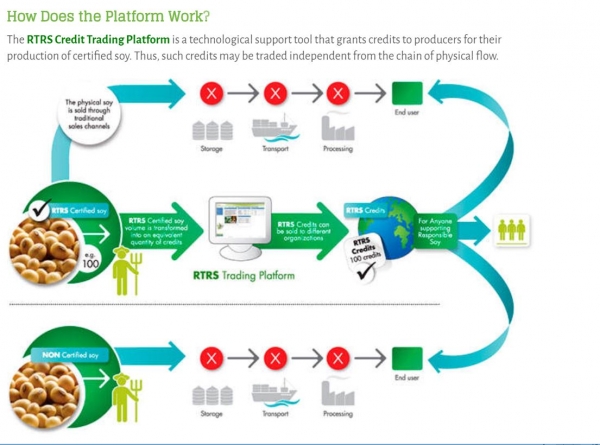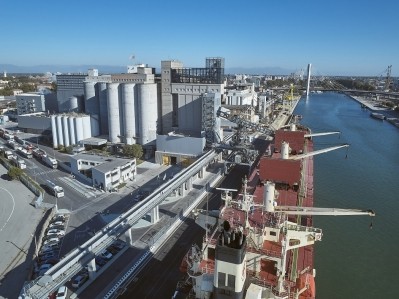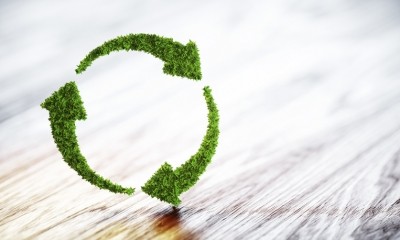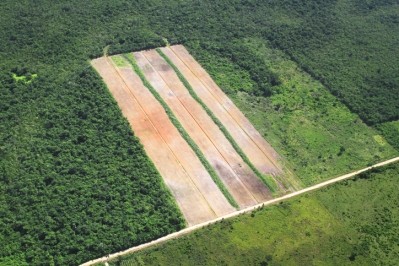Demand needed downstream for certified responsible soy: RTRS
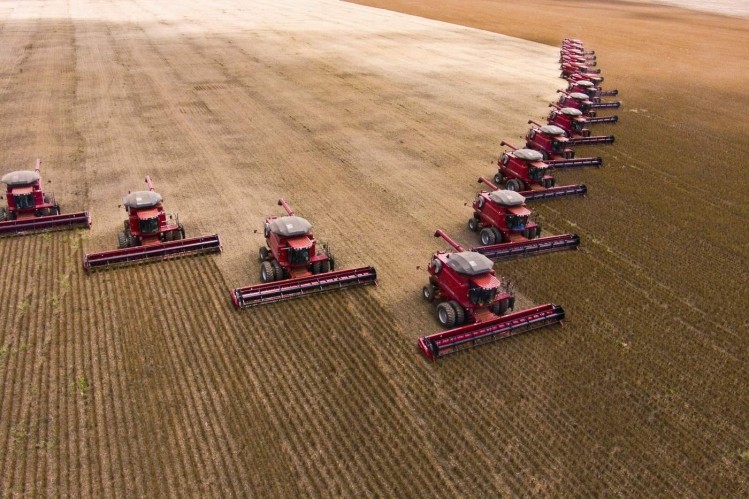
We caught up with her last week to hear more.
The Executive Board of the Roundtable on Responsible Soy (RTRS) recently endorsed the Cerrado Manifesto, a declaration drawn up by over 6o Brazil organizations that calls on companies and investors to take urgent action to ensure their soy and beef supply chains are making no contribution to deforestation and the conversion of natural areas to agriculture.
Signatories argue that the Manifesto could inspire action along the lines of the Amazon Soy Moratorium, where the private sector learnt that it is possible to produce commodities while avoiding supply chains linked to deforestation, but Engels told us that the RTRS board does not think a moratorium is an enduring solution.
The Soja Plus program looks to increase the competitiveness of the soybean industry in Brazil and achieve better sustainability conditions in terms of economic, social and environmental pillars. Once a farmer joins Soja Plus, they begin training on compliance issues so that they can meet Brazilian legislation in relation to environmental and other criteria.
“While we do support the manifesto, we believe RTRS certification is the best possible way to help farmers to produce even more sustainably long term. We need to motivate farmers to move on to RTRS.”
Soy farming in Brazil is a lot more sustainable than it used to be. “It is a work in progress,” she stressed
“Many farmers in the Mato Grosso area, for example, have Soja Plus, which makes it easier to move onto RTRS certification,” she added.
She said RTRS certification comes with the bonus of credits that can be sold on the open market.
Benefits of certification for producers
They are additional savings for accredited producers: “As a soy farmer, if you are certified, you can attain cheaper interest rates from banks, better insurance deals, and lower union [dues].”
RTRS certification can also help soy producers in terms of their relationship with the wider community, and can ensure a better dynamic between a farm manager and the rest of the employees, she added.
However, she said there is still a need to make RTRS recognition more interesting for those not yet certified, so as to encourage greater take-up and that comes down to boosting demand downstream in the supply chain.
“Since I joined the board and became president, what we decided and defined as our major priority was not so much the need to increase the production of responsible soy but to increase the commitment and the demand for the soy credits.”
“Everybody needs to be more committed. We are increasing our production of responsible soy 30 or 40% year on year - the issue is not so much that. The problem is that the purchase of our credits and the price of our credits is not increasing at the same rate. Truly, production is growing at a good pace; it is the demand that is lacking. That will be the major theme of our conference in Lille in May next year.”
Engagement
She had a series of meetings with various soy users in Europe over the past few weeks. “We see that there is a commitment to improve things and increase demand. I think we will be seeing a pick up quite soon. Interestingly, in terms of credits, we are seeing greater interest from industries like the fish sector, not only in Europe but also in Asia and in South America.”
In 2016, according to RTRS data, certified soy production grew by 29% against 2015 - over 32,000 producers from Argentina, Brazil, Canada, China, India, Paraguay, Uruguay and the US together produced more than 3m tons of RTRS certified soy.
Some 2m tons of that – mainly from South American sources - was sold into the European feed marketplace last year.
Growing pressure from international organizations and developments like the Paris Agreement on climate change are helping in terms of a hike in demand for responsible soy downstream.
“What we are seeing is that it is also a question of the RTRS generating the necessary tools to implement the commitments made [from feed companies, retailer and food service companies] to responsible soy production easier. We are going to be launching more regionally based credits soon. For instance, you would be able to buy credits for soy produced in Mato Grosso. We didn’t have that flexibility before.”
RTRS credit platform
By acquiring RTRS credits, a company can show its interest in and commitment to encouraging a form of production that is environmentally appropriate, socially adequate and economically feasible, said the organization.
One ton of certified soy is equivalent to one credit of responsible soy production, and it may be exchanged through the RTRS Credit Trading Platform, as per the RTRS Standard.
Once having acquired the RTRS credits, businesses or organizations may make public claims of having supported responsible production. “They can may increase the visibility of their support and communicate this directly to customers and end consumers by using the RTRS Credit Logo label on their packaging.”
